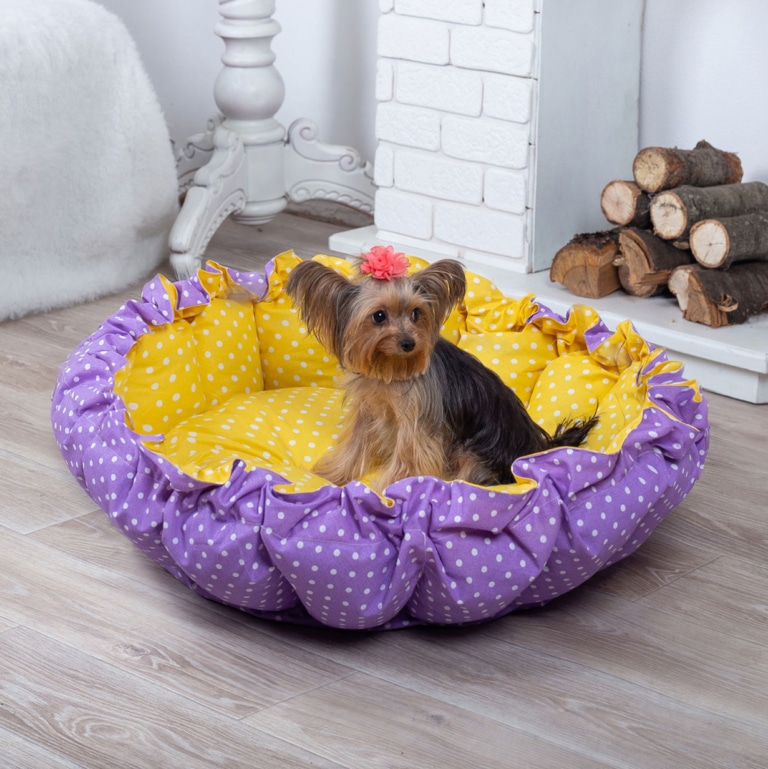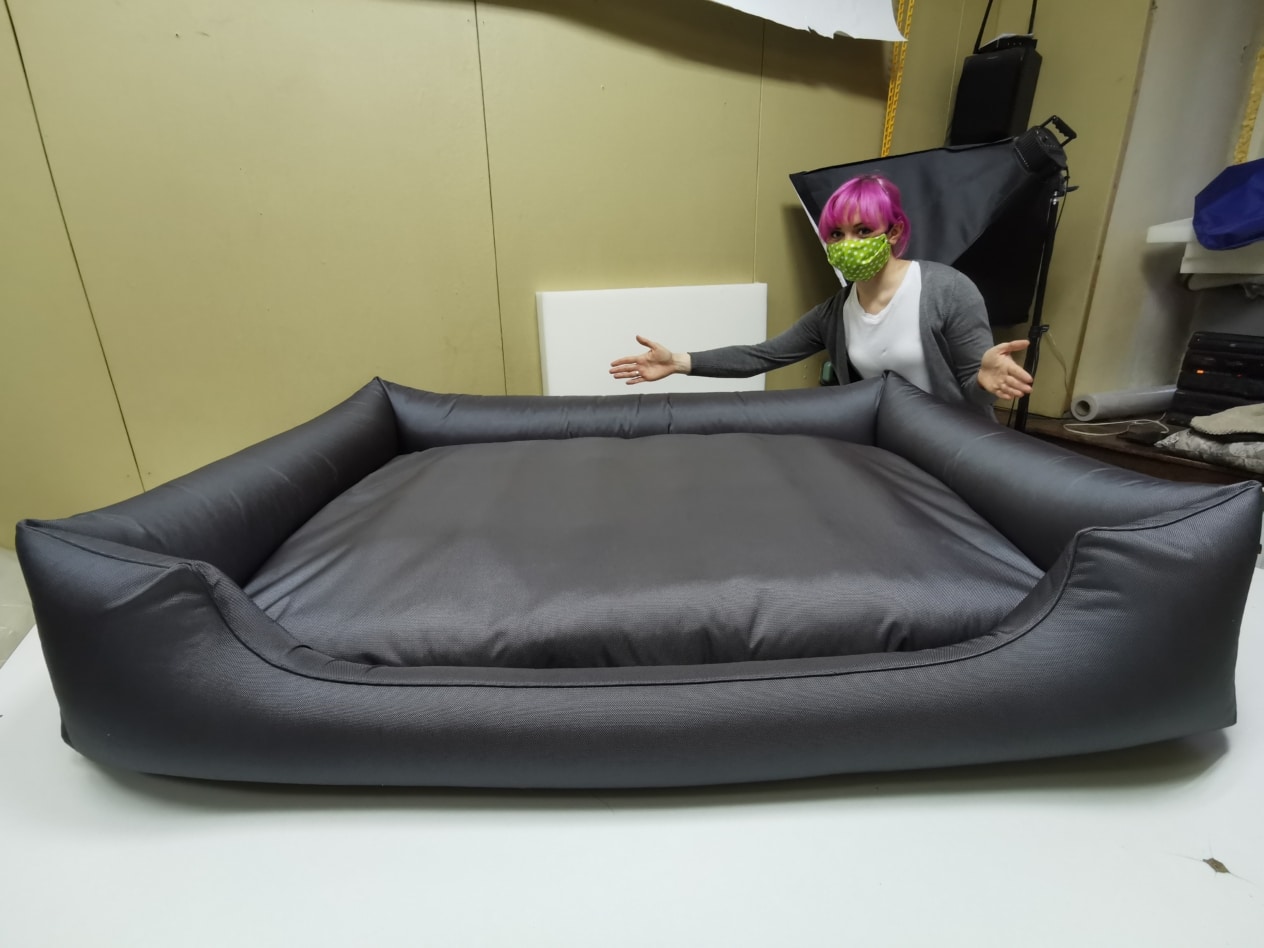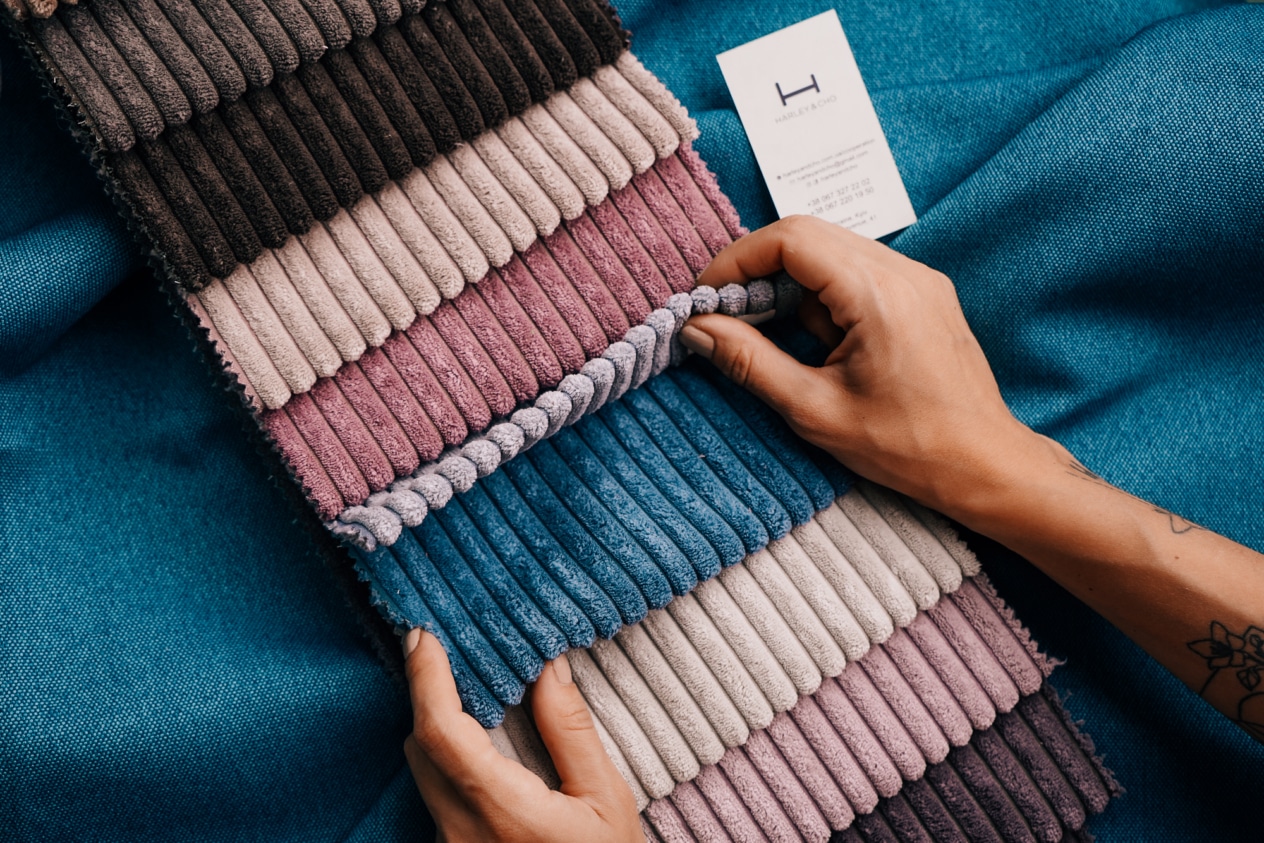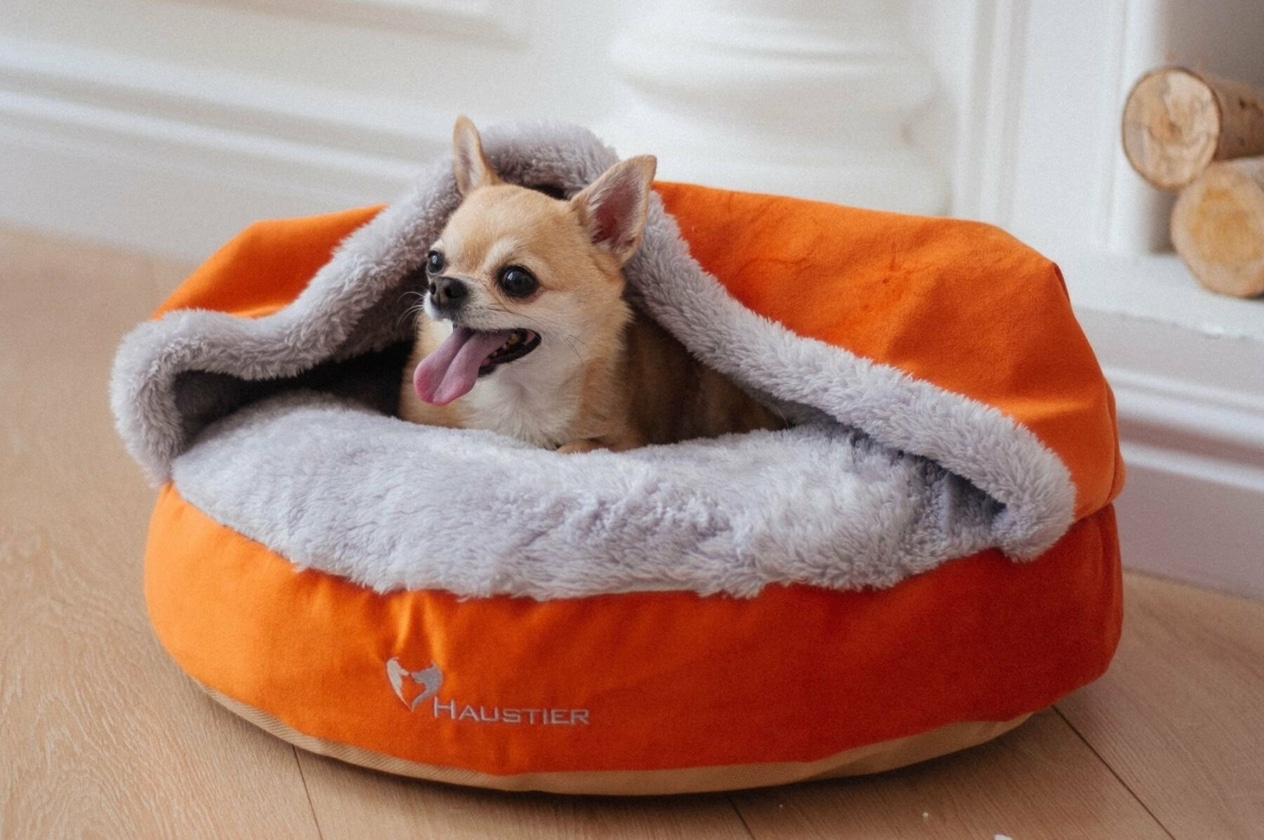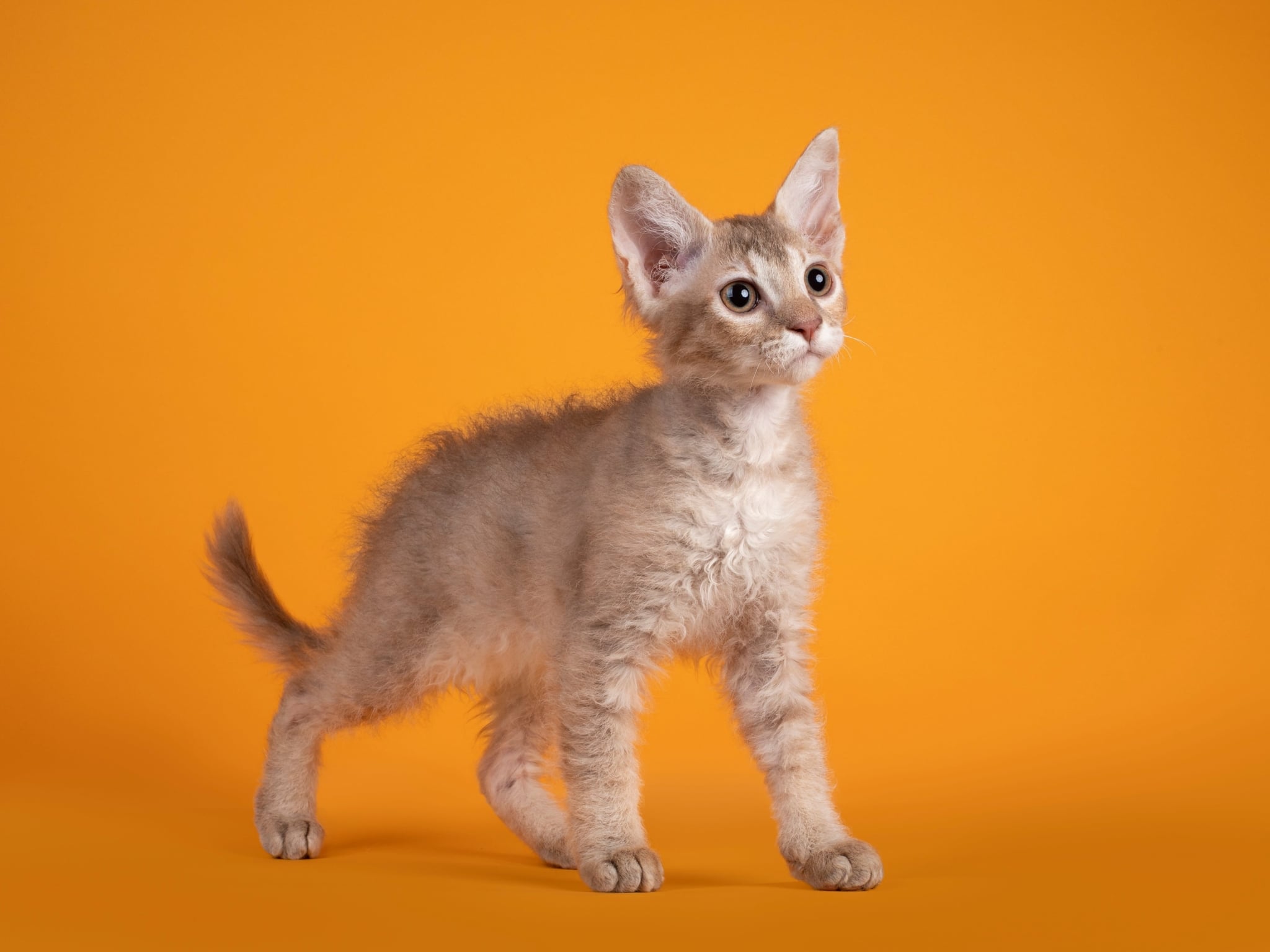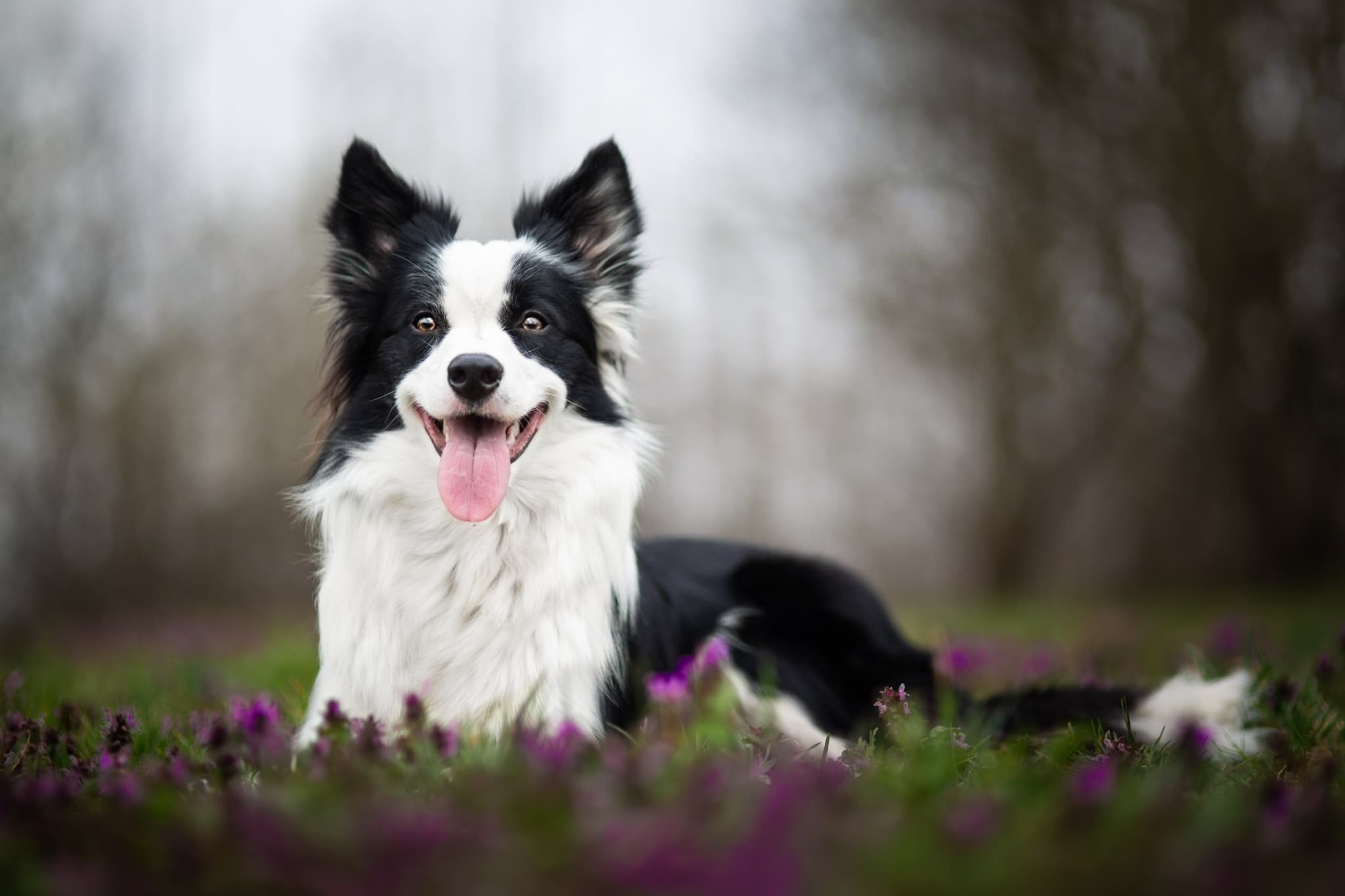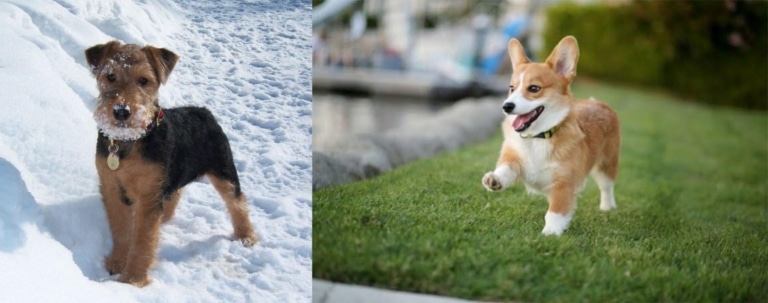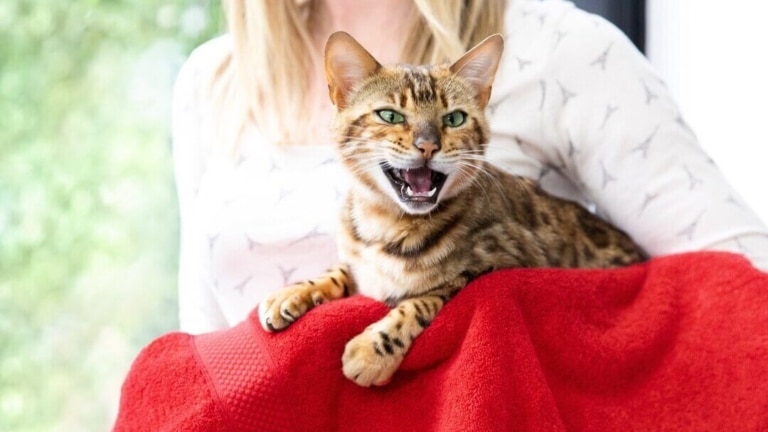Every dog needs a comfortable resting place where it feels safe and relaxed. Choosing the perfect dog bed is an essential part of caring for your pet’s health. An unsuitable sleeping area can cause discomfort, disrupt sleep, and even lead to joint problems. So what should you consider to find the most comfortable option?
Size and Shape of the Dog Bed
The first and most important factor is the size of the bed. It should match your dog’s dimensions:
- Small breeds (Yorkies, Chihuahuas, Pomeranians) will feel safe in compact “nest” beds with high edges.
- Medium-sized dogs (French Bulldogs, Cocker Spaniels) will appreciate orthopedic beds or rectangular cushions.
- Large dogs (Labradors, Huskies, Great Danes) need a spacious resting area where they can stretch out fully.
As for the shape, it depends on your dog’s sleeping habits. If they like to curl up, a round or oval bed is ideal. If they prefer to stretch out, a rectangular cushion or mat will be the most comfortable option.
Material and Filling
The materials should be high-quality, safe, and durable. A good dog bed is not just a soft cushion but a supportive space that keeps the spine aligned and ensures a comfortable sleep.
- Outer material: Cotton, linen, velour, or microfiber are soft, breathable, and pleasant to the touch. If your dog sheds or likes to dig, choose fabrics that repel fur and are easy to clean.
- Filling:
- Foam – an affordable option but loses shape quickly.
- Synthetic padding – soft but not very durable.
- Hollow fiber – hypoallergenic and retains its shape well.
- Orthopedic foam – the best choice for senior dogs or those with joint issues.
Additionally, the bottom of the bed should be sturdy, non-slip, and waterproof to prevent moisture absorption.

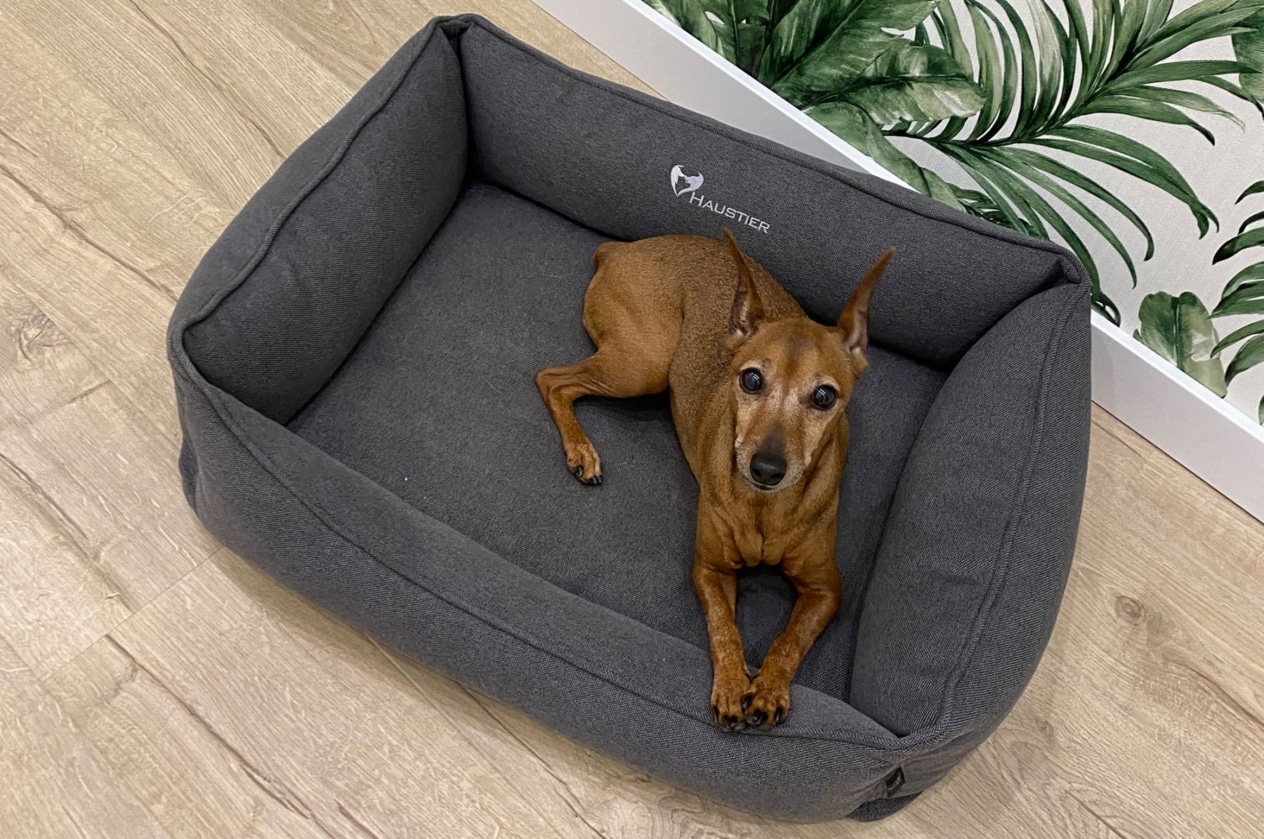
Practicality and Maintenance
A dog bed should not only be comfortable for your pet but also practical for the owner. Look for models with:
- Removable covers – easy to machine wash to remove fur and dirt.
- Waterproof coating – especially useful for dogs that jump onto their bed right after a walk.
- Non-slip bottom – ensures stability on tile or laminate flooring.
Seasonality is also important: in summer, plush beds may be too warm, so cotton-covered models are a better choice. In colder months, opt for insulated versions with soft bolsters for extra warmth.
Conclusion
When choosing a dog bed, it’s essential to consider not only its size and style but also comfort, practicality, and material durability. A well-chosen bed will provide your pet with restful sleep, a good mood, and a sense of security. After all, a cozy bed is another way to show your dog love and care.

